Pakaraka Station Field Day 2018
Posted on June 24, 2018
The multiple benefits of poplars and willows on hill country farms have been shared at a field day in Wairarapa.
Poplars and willows hold hillsides in place as well as providing shelter, shade and summer fodder for livestock and enhancing the landscape and biodiversity. Those at the field day heard a message about getting the right poplars and willows in the right place and strengthening resilience against future weather extremes – both drought and rainstorms.
As well as talking about the science behind how poplars and willows stabilise slopes, Ian McIvor from the New Zealand Poplar and Willow Research Trust and Stan Braaksma from the Greater Wellington Regional Council talked about new and improved poplar and willow cultivars and matching species to specific sites and objectives.
The field day was hosted by Beef + Lamb NZ on Pakaraka Station near Masterton, which has recently been sold by David and Valmai Holmes to Sully and Katie Allsop.
Stan spoke about the winter of 1977 – a “period of sustained wet weather where it rained basically from May until October”. He said it was light rain, with no falls of more than 50mm at a time, but those months had a “total lack of sunshine and little to no nor-westerly wind so there was no drying factor”.
The soil in the area, loess, is a fine, wind-blown soil with a sand component.
“It was the most affected by these weather conditions. This soil type is quite unique in that it turns into a very fluid substance and tends to flow down the slope rather than break out as a slip.”
At least one property in the immediate area lost about a quarter of its pasture to slips.
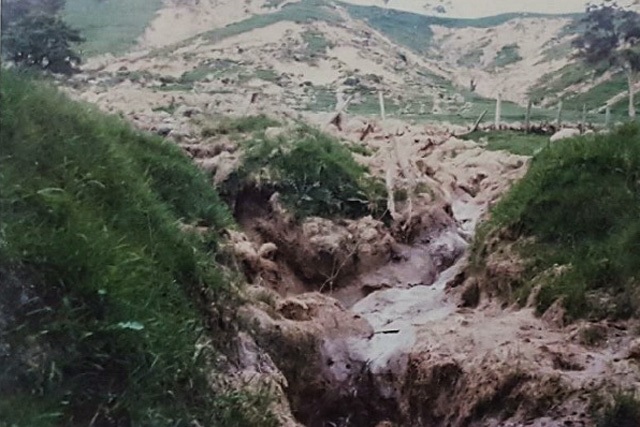
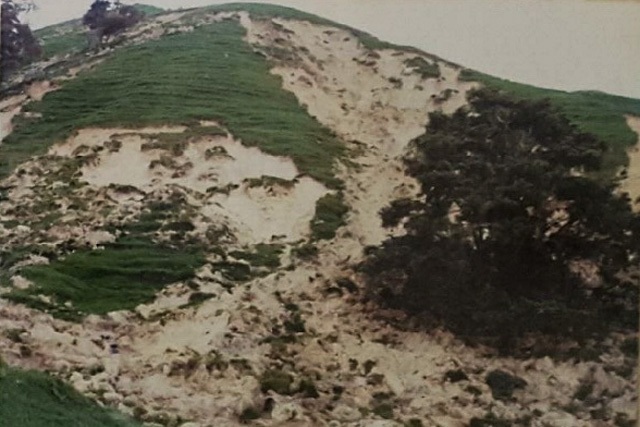
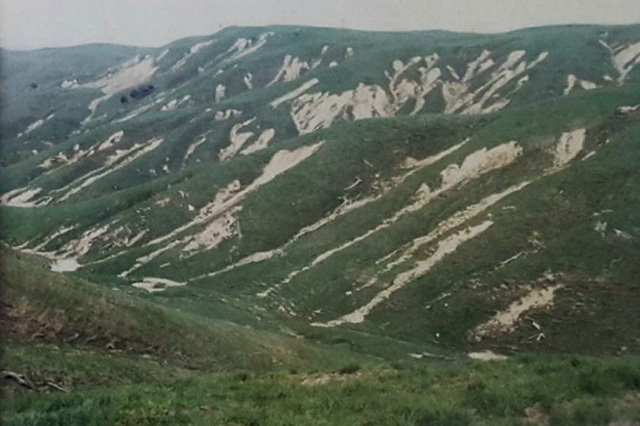
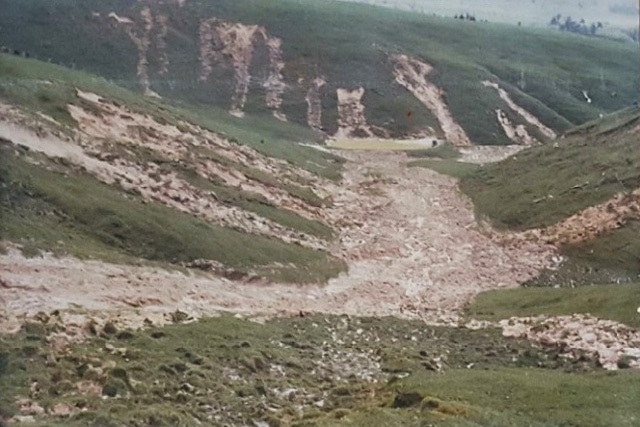
“Scars take a while to repair and research shows after 40 years they only get back to 80 per cent of their original production. Storms tend to regularly come about every 20 years… so these poor areas are getting hit more often than they have the ability to recover.”
But those early varieties were not the best choice of species for the area – flevo, eridano and kawa poplar cultivars and matsudana willow.
He said they started planting because they had no other option at the time, but now they have “literally planted from the valley floor to the tops of the hills”.
Holmes recorded 1239mm of rain in 1977. Other years have had more rain, but the land has held thanks to the trees.
There was 1497mm in 1992, 1316mm in 2004, 1271mm in 2006 and since the last big fall of 1010mm fell in 2011, David said there had been declining rainfall – 982mm in 2012, 944m in 2013, 893mm in 2014, 848 in 2015 and only 737mm in the “dreaded year” of 2016.
“Last year we went back to 1146mm. Our average over 20 years has been 36 inches (914mm),” Holmes said.
“Someone said to me after ’77 that it looked like a squadron of bombers had gone through and bombed the whole place. Now, it looks very nice. To see cattle and sheep sitting in the shade in the heat of the day, enjoying themselves, chewing their cud, nice fresh water in the water troughs… that was the ultimate to me. That was the moment I realised we’d nailed it.
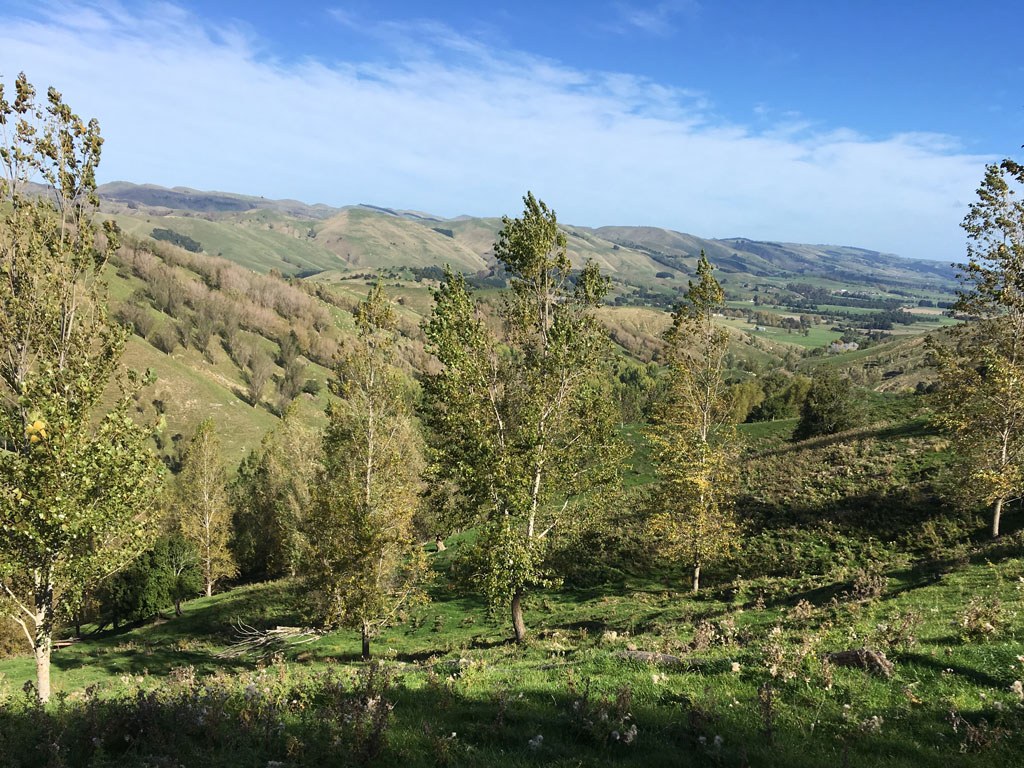
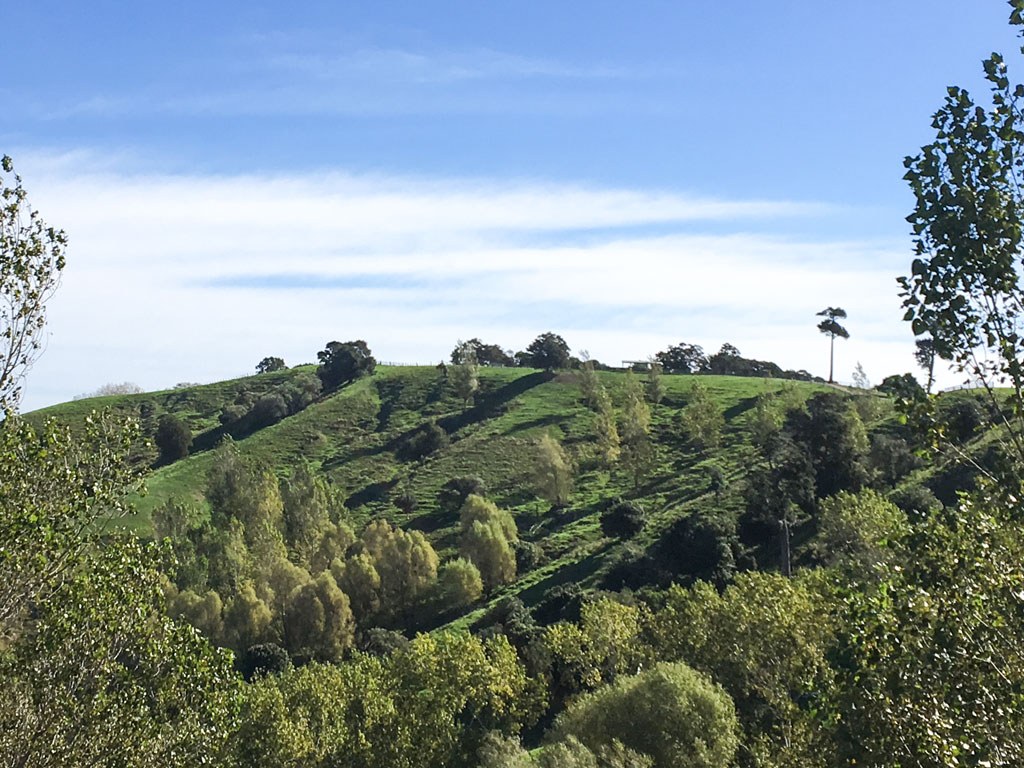
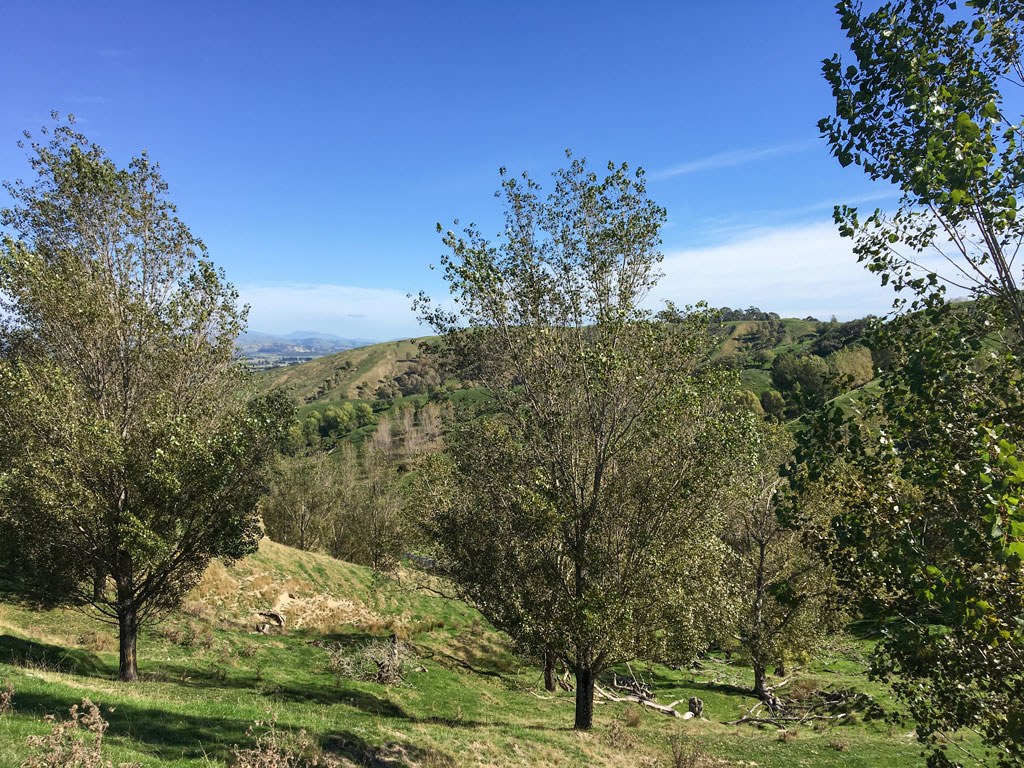
New farm owner Sully Alsop said driving around Pakaraka was a history of poplar and willow planting in Wairarapa.
“You can see it in front of you and there’s good bits and bad bits. You can see what we’ve learned over the years, right here.”
He said the negatives included lack of pasture growth due to the trees being too close together or under leaf fall. The positives included holding the hillsides together.
“In the NZ Farmer newspaper about a month or two ago, they had pictures of (Cyclone) Bola up in Gisborne from 30 years ago and I took that into my wife Katie and said we shouldn’t get cranky with the trees at Pakaraka. That’s what can happen without them.”
He said the other plus of all the trees was shade.
“We had 1300 ewes in a six-hectare paddock on one of those really stinking hot days this summer and you could probably only see 10 or 15 ewes in the paddock. They were all under the trees.”
Fodder was something he hadn’t considered on Pakaraka due to the ongoing commitment needed to pollard and manage hundreds of trees. But he said the option of using them for stock feed was one of the biggest benefits – “real security in a summer-dry environment”.
Other speakers at the field day, which was supported by Beef + Lamb New Zealand, included Margaret Willis from Woodnet about the Emissions Trading Scheme and Tim Forde and Russell Collins from the Hawke's Bay Farm Forestry Association about poplar timber.